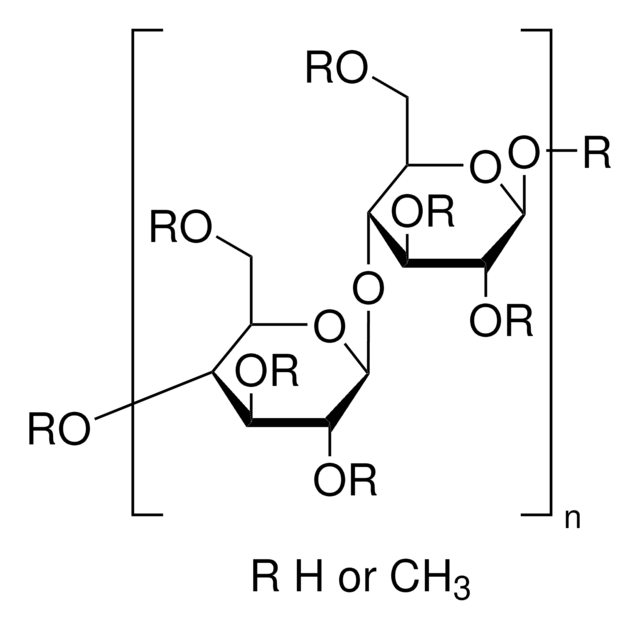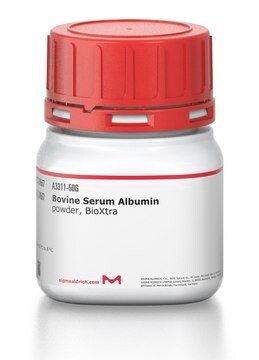おすすめの製品
グレード
reagent
蒸気密度
3.7 (vs air)
蒸気圧
16 mmHg ( 37.7 °C)
製品種目
ReagentPlus®
アッセイ
99%
フォーム
liquid
自己発火温度
982 °F
expl. lim.
7 %
dilution
(for general lab use)
屈折率
n20/D 1.497 (lit.)
bp
138-139 °C (lit.)
mp
−48 °C (lit.)
密度
0.868 g/mL at 25 °C (lit.)
SMILES記法
Cc1cccc(C)c1
InChI
1S/C8H10/c1-7-4-3-5-8(2)6-7/h3-6H,1-2H3
InChI Key
IVSZLXZYQVIEFR-UHFFFAOYSA-N
類似した製品をお探しですか? 訪問 製品比較ガイド
詳細
アプリケーション
法的情報
シグナルワード
Danger
危険有害性の分類
Acute Tox. 4 Dermal - Acute Tox. 4 Inhalation - Aquatic Chronic 3 - Asp. Tox. 1 - Eye Irrit. 2 - Flam. Liq. 3 - Skin Irrit. 2 - STOT SE 3
ターゲットの組織
Respiratory system
保管分類コード
3 - Flammable liquids
WGK
WGK 2
引火点(°F)
80.6 °F - closed cup
引火点(℃)
27 °C - closed cup
適用法令
試験研究用途を考慮した関連法令を主に挙げております。化学物質以外については、一部の情報のみ提供しています。 製品を安全かつ合法的に使用することは、使用者の義務です。最新情報により修正される場合があります。WEBの反映には時間を要することがあるため、適宜SDSをご参照ください。
毒物及び劇物取締法
劇物
PRTR
第一種指定化学物質
消防法
第4類:引火性液体
第二石油類
危険等級III
非水溶性液体
労働安全衛生法名称等を表示すべき危険物及び有害物
名称等を表示すべき危険物及び有害物
労働安全衛生法名称等を通知すべき危険物及び有害物
名称等を通知すべき危険物及び有害物
Jan Code
185566-5ML:
185566-VAR:
185566-1L:4548173111285
185566-25ML:
185566-4L:4548173111292
185566-250ML:
185566-VAR-D:
185566-BULK:
185566-2.5L:
この製品を見ている人はこちらもチェック
ライフサイエンス、有機合成、材料科学、クロマトグラフィー、分析など、あらゆる分野の研究に経験のあるメンバーがおります。.
製品に関するお問い合わせはこちら(テクニカルサービス)










